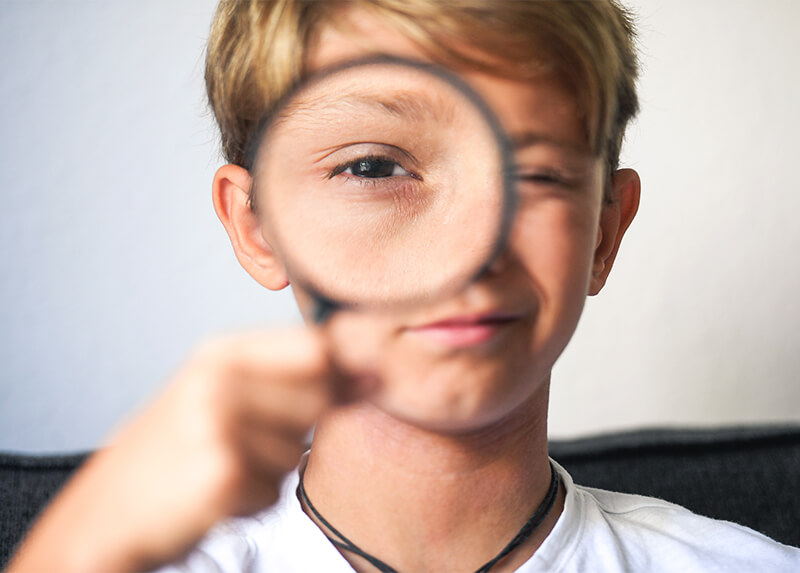Childhood Vision Problems and Their Warning Signs
As a parent, you want the best for your child in every aspect of their lives. And, that includes their vision. You may already be aware of the importance of regular eye doctor visits. However, it’s equally important to be aware of the warning signs of potential eye issues. At the end of the day, spotting symptoms early and informing your doctor is the key to maintaining a healthy vision. Here’s what you need to know to identify and address the most common childhood vision problems.
It All Starts with Early Detection
Vision care is a crucial aspect of a child’s overall health. Therefore, it’s important to find local eye doctors and specialists that you can count on. Of course, a visit to an optometrist is an ideal place to start. They can perform routine eye examinations, check-ups, and services, as well as to detect any issues that may require a specialist.
Watch for Red Flags
Children of all ages are susceptible to vision problems. That being said, watch out for the following signs and symptoms so you can detect an issue as soon as it starts. The most common warning signs include:
- White pupils

- Severe sensitivity to light
- Chronic tearing or redness
- Excessive rubbing of the eyes
- Erratic movement of the eyes
- Abnormal alignment of the eyes
- Poor ability to focus or visually track objects
Moreover, you may see additional symptoms in school-age children, roughly between the ages of 6 and 18. There are a number of reasons for this, including the stage of their eye development, diet, and hormones. These symptoms include:
- Squinting
- Trouble seeing distant objects
- Sitting too close to the television
- Difficulty reading the blackboard or textbooks
Be Aware of Common Vision Problems
If you notice any of these symptoms in your child, schedule an appointment with your eye care provider right away. Keep in mind, when symptoms are addressed early, more serious problems can be prevented. The prolonged duration of any symptoms described above may be a warning sign of the following conditions:
- Strabismus – when eyes are misaligned
- Farsightedness – when nearby objects appear blurry and distant ones are clear
- Nearsightedness – difficulty seeing distant objects (especially common in school children)
- Lazy eye – often caused by crossed eyes or inconsistent refractive errors between both eyes
- Astigmatism – a curvature of the eye’s front surface that can cause blurred vision or discomfort
- Refractive errors – blurred vision due to the shape of the eye failing to refract, or bend, light
Routine Exams Are Key to Avoid Childhood Vision Problems
Overall, it’s important to look out for the aforementioned symptoms of childhood vision problems. In addition, regular eye exams are vital in the early diagnosis and treatment of eye conditions. If you’re concerned about your child’s vision, Looking Glass Optical in Pasadena can help. We offer pediatric eye care services, as well as a complete lineup of glasses and contacts. For more information, contact us today at 410-768-0202.
Share
